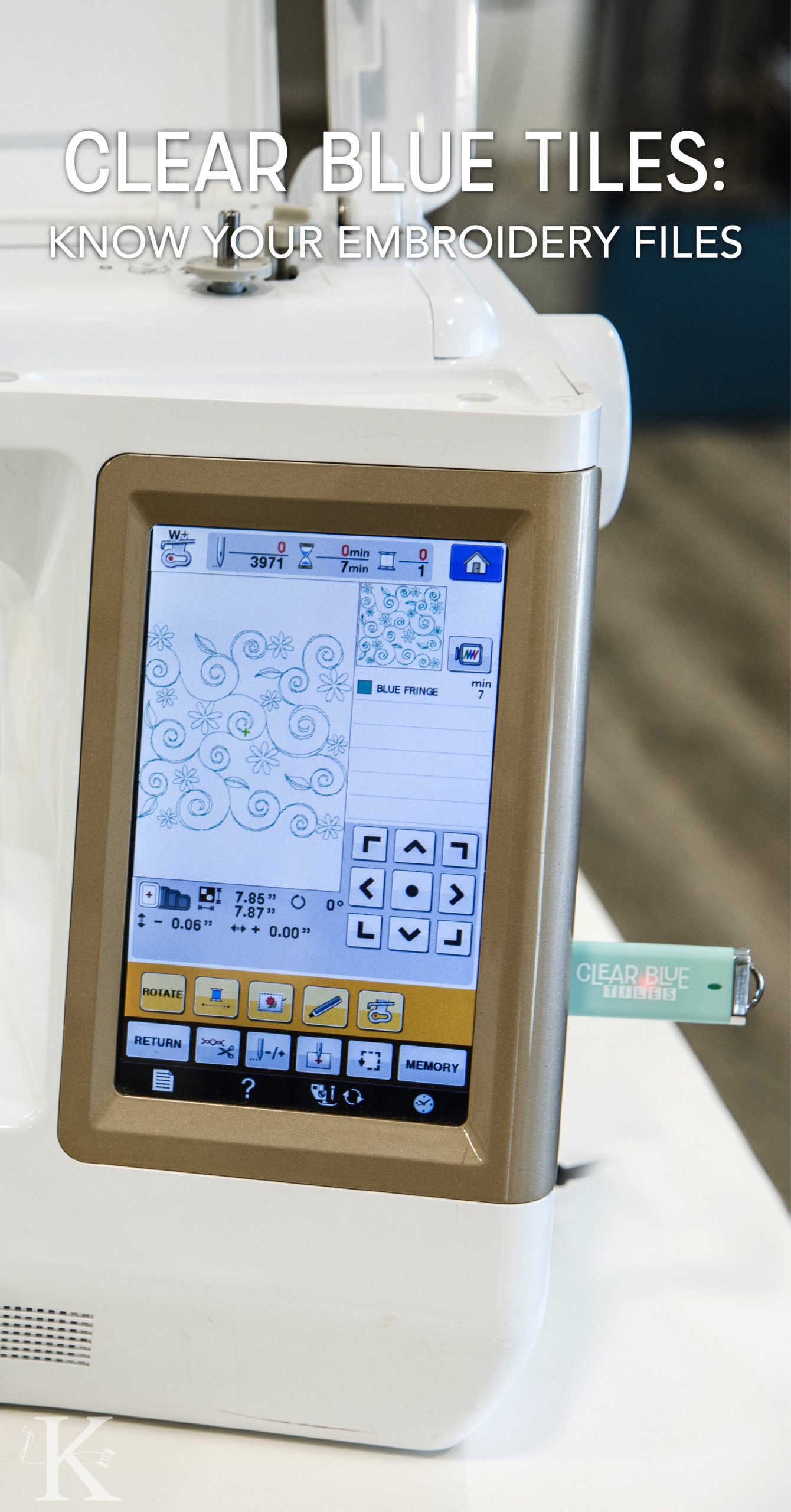Why Hand Embroiderers Should Explore Machine Embroidery

Hand embroidery is a time-honored craft that has captivated artisans for centuries, offering a meditative experience as each stitch is meticulously placed. This traditional approach, while richly rewarding, can also be time-consuming and limit the scale and scope of projects. However, with the advancements in technology, machine embroidery presents an opportunity for hand embroiderers to expand their creative horizons without abandoning their roots. By integrating machine techniques, artisans can achieve intricate designs with speed and precision while remaining true to the values of handmade handiwork.
Exploring the world of machine embroidery does not mean leaving behind the personal touch that hand embroidery embodies. Instead, it opens the door to new possibilities, allowing artists to complement their handmade pieces with techniques that enhance efficiency and consistency. This hybrid approach can lead to exciting artistic innovations, making the embroidery process more versatile and accessible. Read on to learn more about why hand embroiderers should explore machine embroidery.
The Basics of Machine Embroidery
Machine embroidery differs fundamentally from hand embroidery in its execution and scope. While hand embroidery involves the manual process of stitching using a needle and thread, machine embroidery utilizes an embroidery machine to automate the stitching process. This automation allows for the precise reproduction of complex patterns, enabling craftspeople to create designs that might be challenging or even impossible to accomplish by hand.
The techniques involved in machine embroidery also contrast with their hand-stitched counterparts. While hand embroidery is an art of patience and often involves a single needle and thread, machine embroidery uses sophisticated software to digitize designs, which are then stitched with multiple needles and automated paths. This digitization not only streamlines production but also offers a wide spectrum of design possibilities, including intricate textures and gradients that are challenging to achieve manually.
Another difference lies in the time investment and physical effort required. Hand embroidery requires hours of dedicated manual labor, providing a meditative and personal connection with the craft. In comparison, machine embroidery significantly reduces the time needed to complete projects, offering efficiency and consistency in output. This shift can alleviate the physical strain associated with extended periods of hand stitching, making it a favorable option for those seeking to produce multiple pieces or work on commercial-scale projects.
Tools and Accessories
Hand embroidery often requires a minimalist set of tools, such as needles, embroidery hoops, and a varied palette of threads. This simplicity allows artisans to focus on the tactile and artistic aspects of their craft, emphasizing the creation of unique, handmade pieces. Conversely, machine embroidery necessitates a more complex array of tools and accessories, starting with the embroidery machine itself. These machines, varying in size and capacity, are designed to automate the stitching process, enabling the crafting of designs with remarkable precision and speed.
Beyond the basic embroidery machine, practitioners of machine embroidery also utilize specialized software for digitizing designs. This software is an essential tool for creating patterns that the machine can interpret and stitch. The digitization process involves converting artwork into a format compatible with the machine, outlining stitch paths, selecting colors, and determining the order of stitching. This technology-driven approach allows crafters to experiment with a range of design complexities that would be labor-intensive or impractical by hand.
In addition to digitizing software, machine embroidery involves several other accessories, which enhance the quality and diversity of projects. Embroidery stabilizers, used to support the fabric and maintain the integrity of the design during stitching, come in various types, like tear-away, cut-away, and water-soluble, each serving different purposes based on the project’s needs. Thread choices also expand significantly, with options ranging in weight, color, and material, including rayon and polyester designed specifically for machine use. Moreover, hoops for machine embroidery, differing slightly from their hand-embroidery counterparts, must be selected based on the machine and the design size, emphasizing the importance of choosing the right tools and accessories to achieve the desired results.
Speed and Efficiency
Machine embroidery excels in speed and efficiency, offering significant time savings compared to hand embroidery. By automating the stitching process with an embroidery machine, artisans can produce detailed and intricate designs much quicker without sacrificing quality. This efficiency allows embroiderers to take on larger projects and meet tight deadlines with ease. It also provides an opportunity for hand embroiderers to explore more complex designs and techniques without feeling limited by time constraints.
Precision and Consistency
As mentioned, machine embroidery is unparalleled when it comes to precision and consistency—attributes that are crucial for artisans working on intricate or repetitive patterns. With the help of computer software, designs can be precisely replicated multiple times, ensuring that each piece maintains the same high standard of quality. This level of consistency is especially valuable for professional embroiderers who need to produce identical products where uniformity is essential. By incorporating machine embroidery into their repertoire, hand embroiderers can elevate the quality and consistency of their work.
Creative Possibilities
Machine embroidery opens up an extensive range of creative possibilities. By allowing the use of a broader spectrum of materials and threads, machine embroidery enables artisans to experiment with different textures, colors, and designs that are difficult to achieve with hand stitching alone. This medium offers the chance to incorporate more complex elements, such as layered patterns, three-dimensional effects, and intricately detailed embellishments, thus amplifying the artist’s creative vision. As a result, machine embroidery not only enhances the aesthetic richness of creations but also inspires and encourages hand embroiderers to push the boundaries of their artistic expression.
Find Quality Machine Embroidery Supplies at Kimberbell
As you can see, there are plenty of reasons why hand embroiderers should explore machine embroidery. With the right tools, materials, and techniques, hobbyists and professionals can seamlessly integrate machine embroidery into their work and enjoy the many benefits it offers. At Kimberbell, we understand the passion that drives artisans to create unique pieces with a personal touch. That’s why we offer a wide selection of machine embroidery supplies to help you bring your creative visions to life. Explore our online store today and discover a new world of possibilities in machine embroidery.



